13 Tips on Promoting Positive Behavior in Inclusive Classrooms
April 30, 2019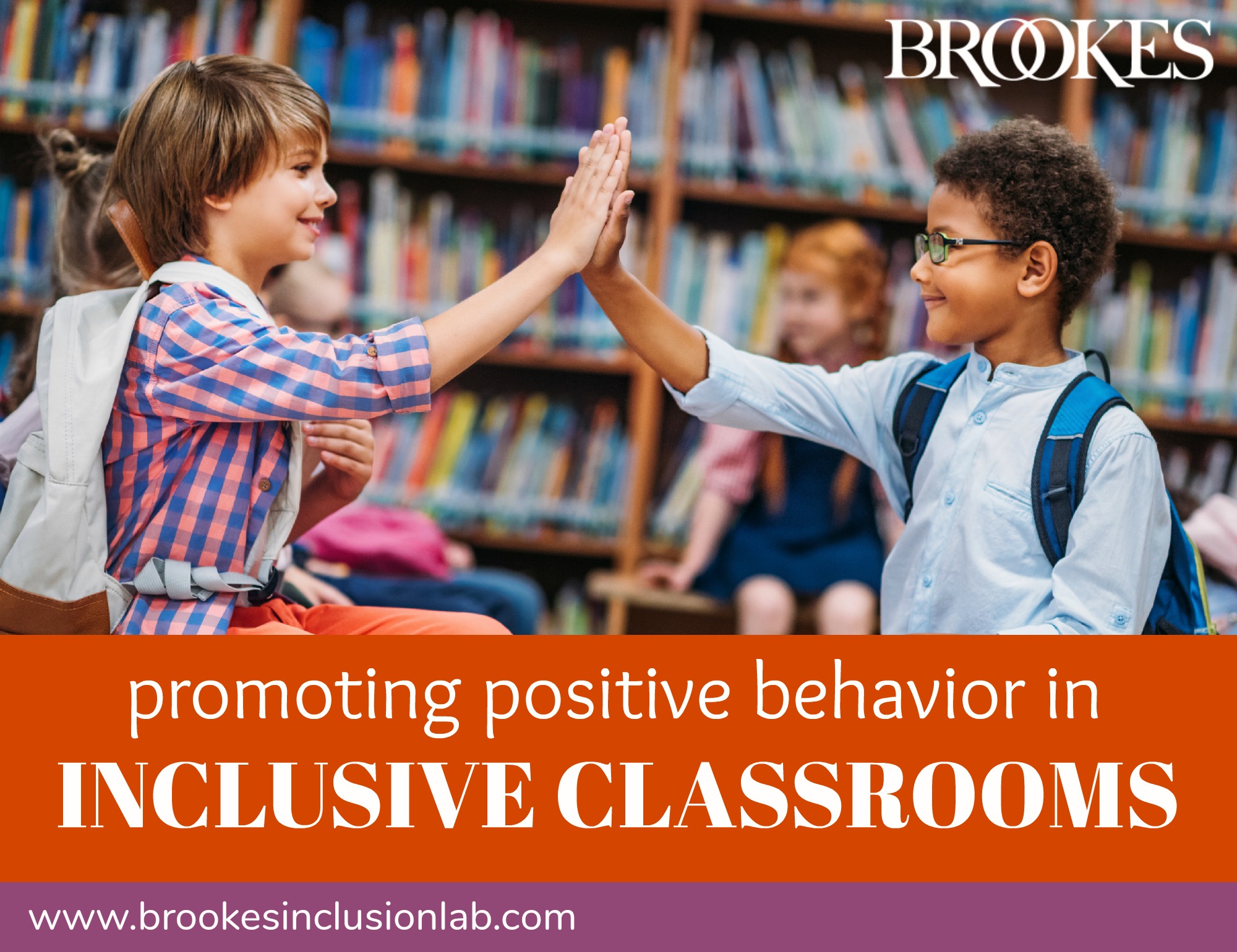
As we approach the end of another school year, take a minute to think about the behavior challenges you’ve encountered in your classroom since September. What strategies worked best for your students? Which ones didn’t work as well? Are there issues you weren’t able to address as effectively as you would have liked?
Today’s post brings you some positive behavior tips to think about this summer, while you’re making plans for the new school year and thinking about how to meet the needs of all learners. Excerpted from Paula Kluth’s bestselling guidebook “You’re Going to Love this Kid!,” these 13 key guidelines will help you reduce student stress levels, avoid the triggers that lead to behavior challenges, and make each child feel like a valued member of the classroom.
Look for competence in students and see the best in them.
Be respectful. Speak about students using positive language and never speak about students in front of them.
Consider the potential difficulties students may have and—one by one—strategize ways to sidestep those difficulties. For example, if the student always seems to have problems during transitions, brainstorm specific strategies that can be used to ease the process. If the student gets upset when he hears loud noises, put a plan in place for these instances.
Look for sensory offenders. This might be something that those without disabilities do not even notice, such as a flickering light or a sound in the distance.
Make sure the person experiences joy, novelty, and fun at school. Lessons should be appropriately varied, favorite topics and activities should be included in the curriculum, and students should have plenty of opportunities to shine.
Make sure the person has opportunities for social connection and relationship building (e.g., games, free time to talk) throughout the day.
Always be sure the learner has a way (or many ways) to communicate. If the person is nonverbal or does not have reliable speech, he or she will need augmentative and alternative communication for socializing with peers, responding to the teacher, and engaging in lessons.
Provide plenty of opportunities for movement throughout the day. Build walking or sensory breaks into the day for the purpose of regulating and releasing tension. When an individual seems especially frustrated or “off,” look for opportunities for vigorous exercise (e.g., taking laps with a friend on the playground).
Teach by the numbers. Help the student recognize and interpret feelings that lead to a breakdown. Use a number scale or similar tool to have the student describe and visualize his emotional state. Then teach about different scenarios. For example, if the teacher starts class 5 minutes late, the student might put himself at 2/10 on the scale; if his piano teacher is sick and misses a lesson, it might rate a 6/10. Teaching and discussing this process during calm moments makes it more likely the student will be able to draw on the language and descriptions when he needs it.
Be explicit about rules, norms, procedures, and expectations. Students’ behaviors may be their response to a confusing world. Provide a list of school and classroom rules in a student’s notebook or desk as well as a list of ideas she can use to relax and deal with difficult moments. (For ideas on using checklists for this purpose, see Paula’s video on this topic.)
Think beyond smiles and frowns. Avoid categorizing each hour or segment of the day as “good” or “bad,” as in, “How did you do in math?” and, “Were you good during first period?” Many behavioral programs put students in a position of being evaluated and assessed day in and out (e.g., a smiley face for a segment of good behavior and a frown for a segment of bad behavior). This constant scrutiny can be very stressful.
Break it down. Chunking big tasks down into more manageable parts can prevent some difficulties. A child will probably respond better to a request to “pick up ten blocks” than to “clean up the play area.”
Adapt if possible. Assess the student’s environment to see which tasks or activities cause problems and whether these can be avoided or adapted in some way. For instance, if the child gets into trouble on the bus when she sits near older students, assign her a seat mate, allow her to play a video game during the trip, or offer her extra credit for observations she makes during the ride (e.g., how long the bus takes to get to her house on average).
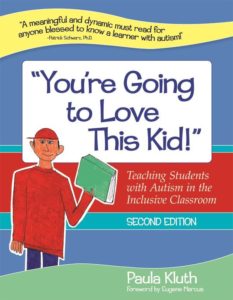 Following these guidelines is an important first step toward promoting positive behavior for all your students. For more on including students with disabilities, put Paula Kluth’s “You’re Going to Love this Kid!” on your summer reading list—you’ll find practical tips, planning tools, and proven strategies to help you teach all children and appreciate the gifts they bring to the classroom.
Following these guidelines is an important first step toward promoting positive behavior for all your students. For more on including students with disabilities, put Paula Kluth’s “You’re Going to Love this Kid!” on your summer reading list—you’ll find practical tips, planning tools, and proven strategies to help you teach all children and appreciate the gifts they bring to the classroom.

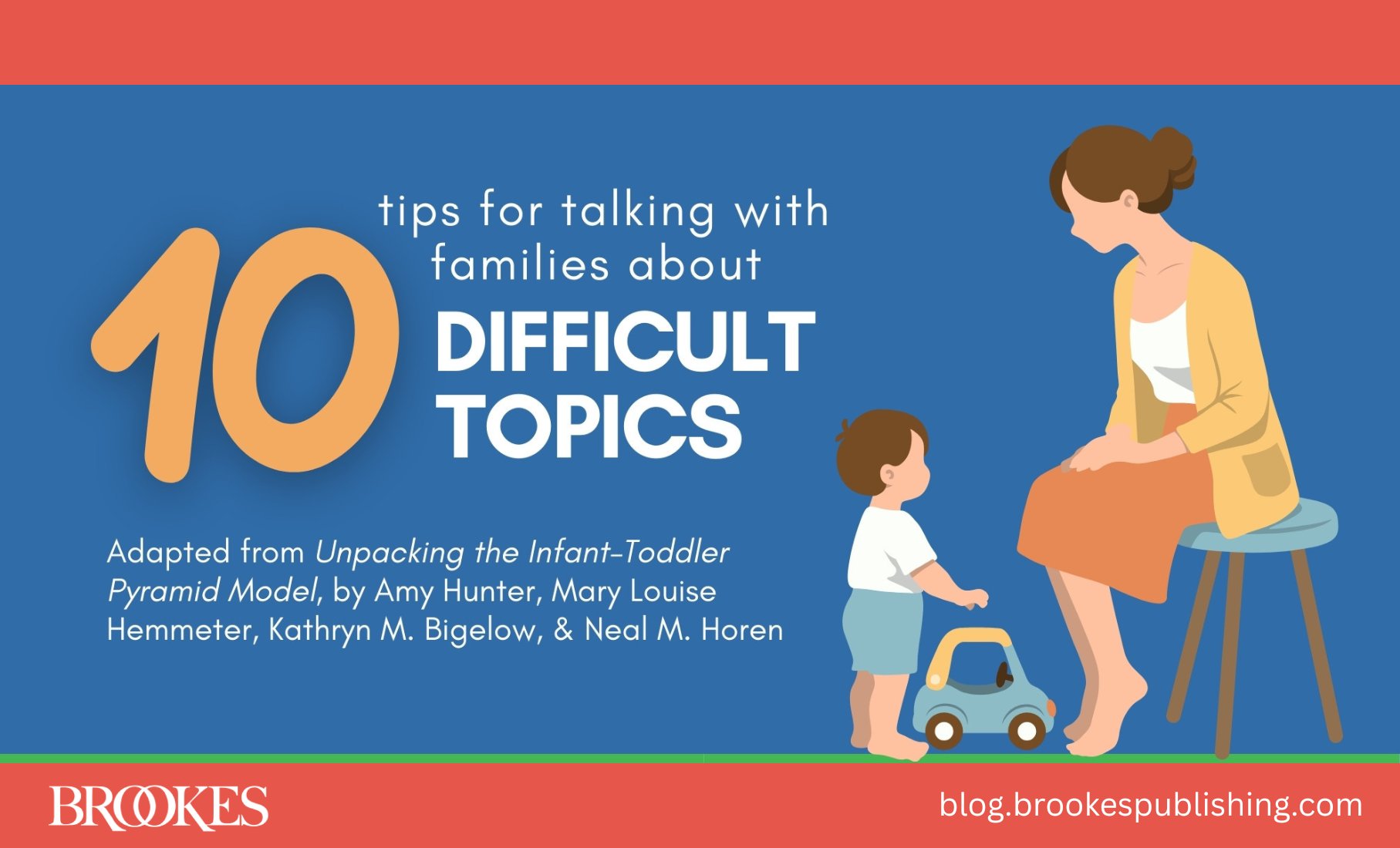
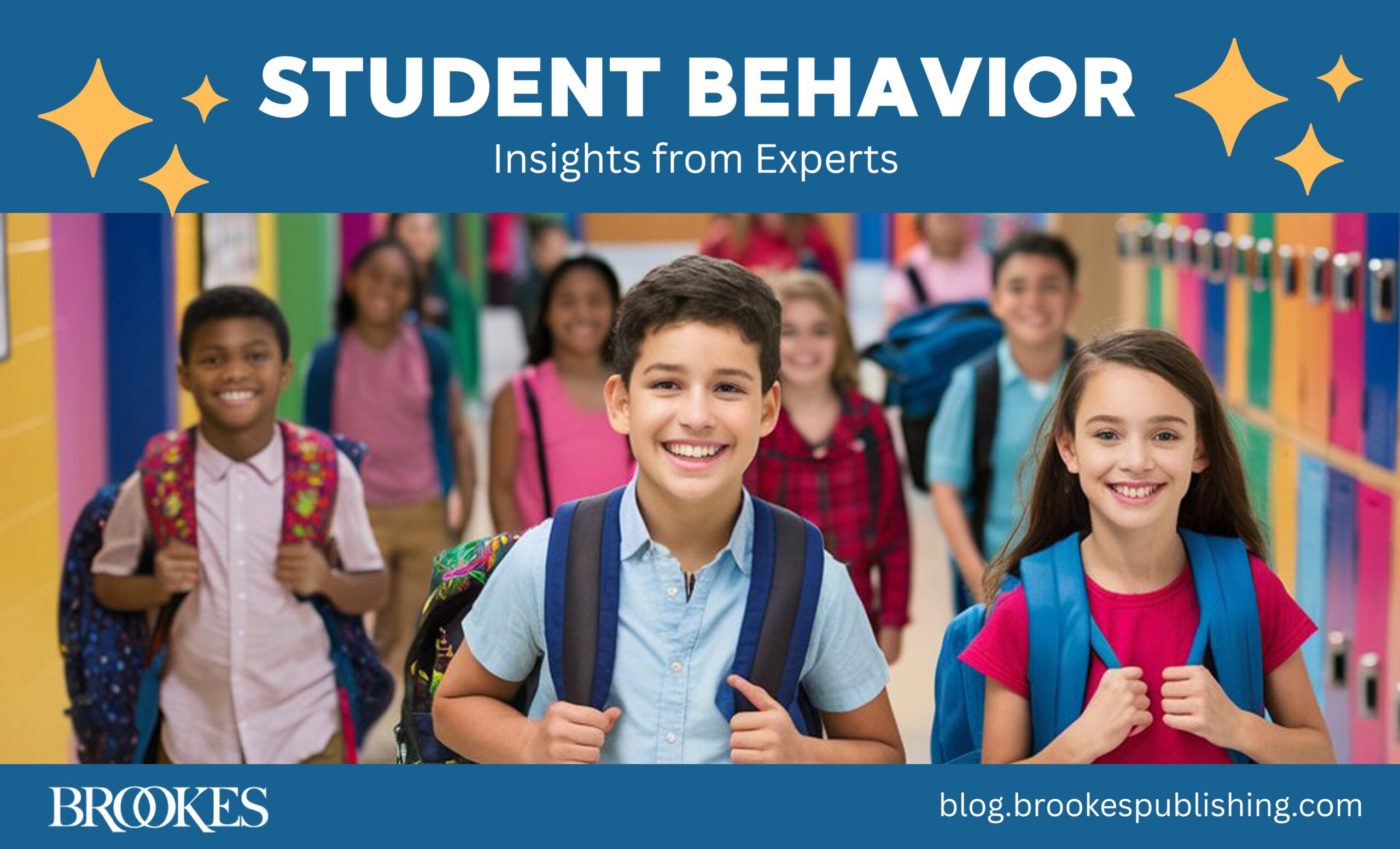
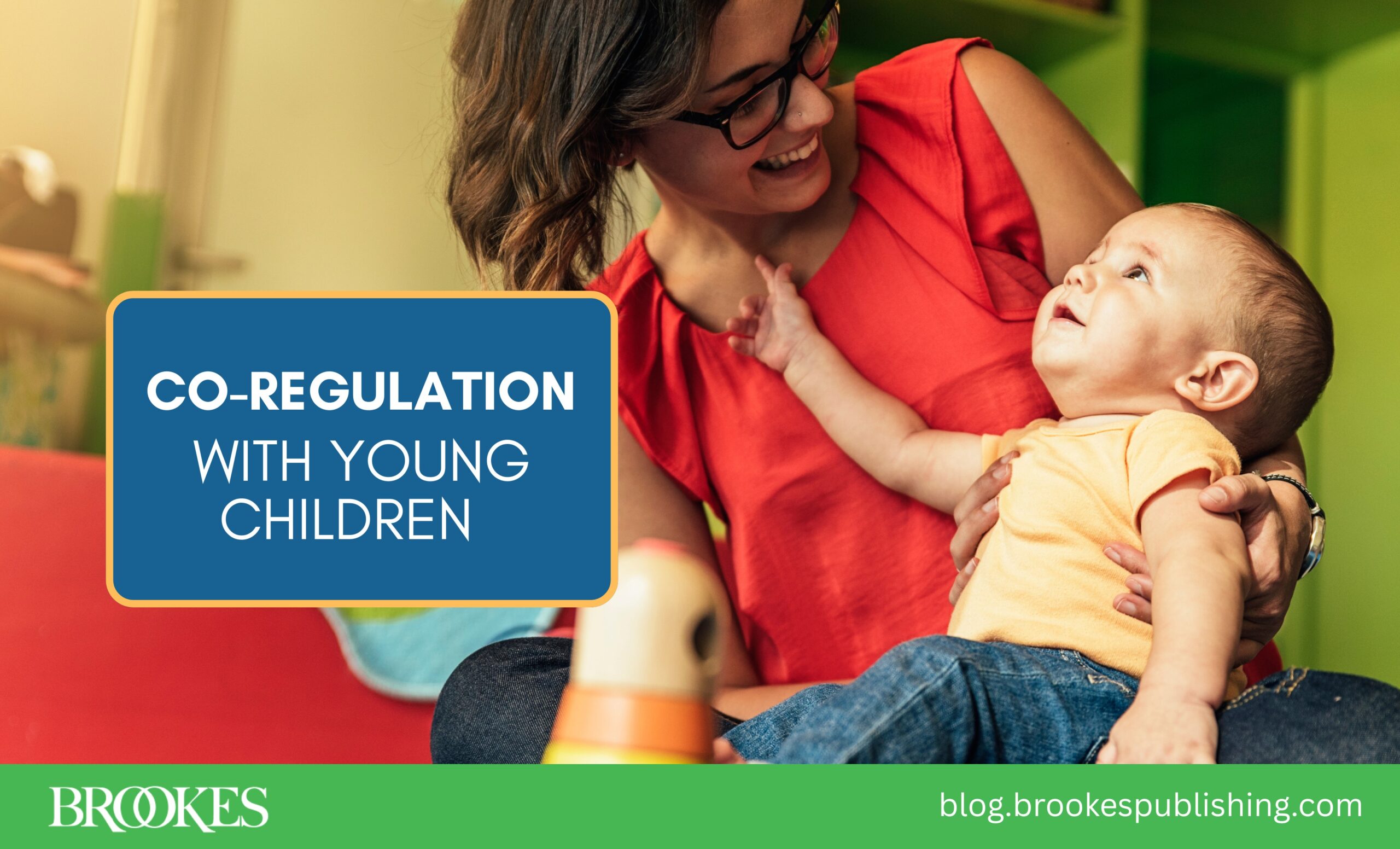
Write a Comment
Your email address will not be published. Required fields are marked *
Post a Comment